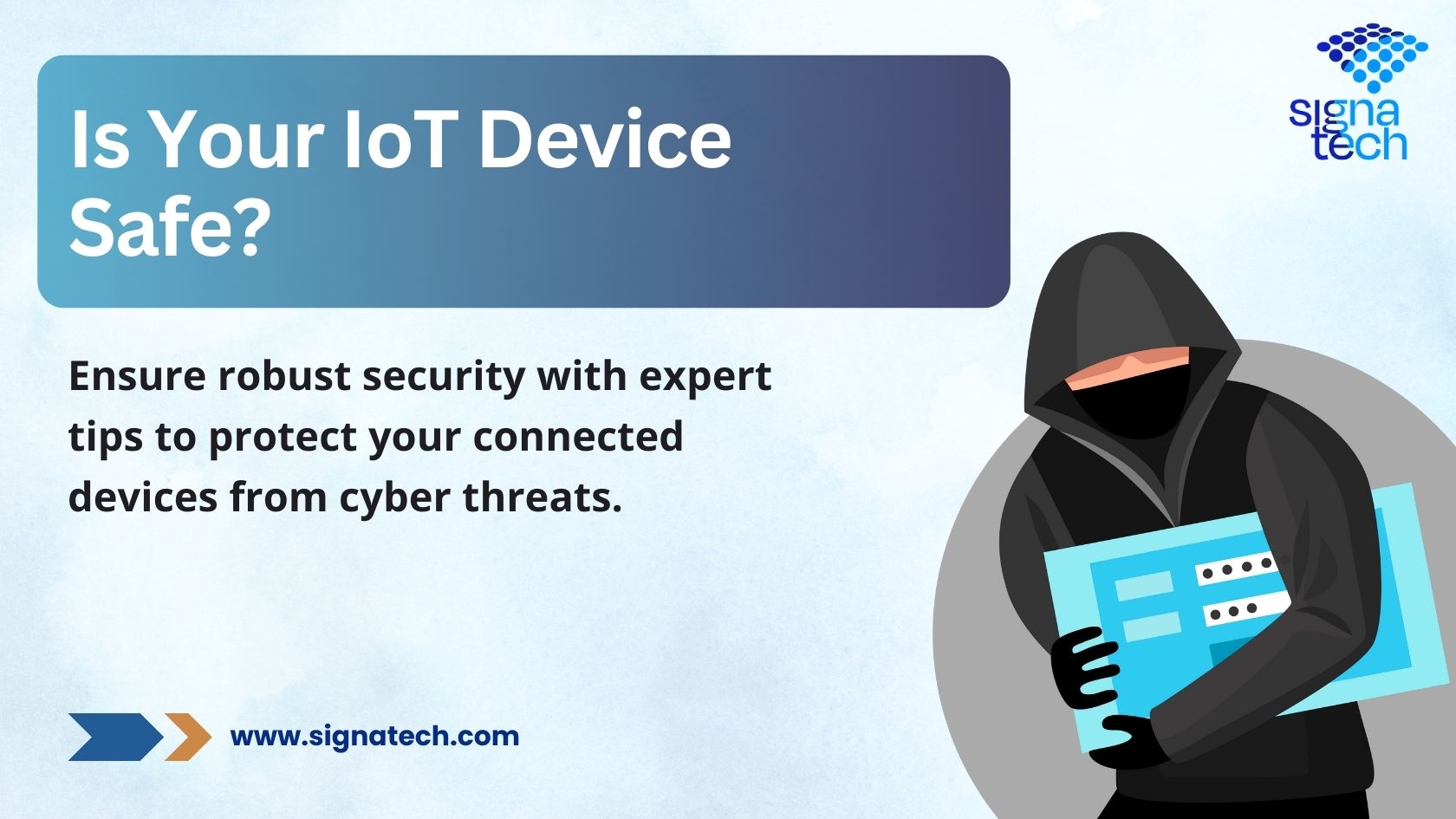As the IoT continues to grow at a fast pace, it is important to protect embedded systems from various attacks. Due to the complexity of these systems, they are prone to several risks. A good IoT security architecture is one that not only shields data but also guarantees the functionality of devices. Here is a step by step guide on how to design secure embedded systems for IoT devices and the best practices to follow in the current world.
The Foundation of IoT Security Solutions
The first step in creating effective IoT security solutions is to know the architecture that supports secure systems. IoT security architecture gives a systematic approach that describes how security should be implemented in IoT devices. This approach covers all the aspects of the device’s life cycle, from the conception to the disposal, making it more comprehensive.
Key Components of Embedded Cybersecurity
Secure Boot and TPM: Secure Boot makes sure that your IoT devices boot with unaltered software so that no unauthorized software can run on the device. Accompanying this, the Trusted Platform Module (TPM) offers the hardware security features that generate, store, and use cryptographic keys to improve the device’s security.
Encryption Methods and Authentication Techniques: It is therefore important to ensure that the data exchanged between IoT devices and networks is protected through the use of strong encryption techniques. Encryption is useful in protecting data from unauthorized access and also in maintaining the authenticity of the data. Also, the use of good authentication procedures guarantees that only the right devices and users are allowed to connect to your network. Security certificates are also important here, as they are used as digital passports that offer a way to establish trustworthily.
IoT Security Protocols: To do this, it is important to adhere to the best practices of IoT security. These protocols offer procedures and standards that enable one to have safe communication and operation in any network. They help in the management of risks that are associated with data leakage and cyber-events.
IoT Device Protection Strategies: When it comes to protection of the device there are physical and software measures that have to be implemented. This includes developing hardware that cannot be manipulated, use of firewalls and anti-virus that are appropriate for IoT.
Leveraging IoT Security Frameworks
IoT security frameworks exist to guide organizations in the implementation of the best practices and strategies in the field. These frameworks provide a complete guide that can be used in the development of a safe IoT environment. They address all the aspects of security from the system perspective and include the electronic security measures at all the layers of the IoT architecture. Signa Tech is IoT and embedded system solution provider company that offers end-to-end IoT and embedded system solutions.
This is an IoT and embedded systems solutions provider company and the name of the company is Signa Tech. This is because we have specialized in IoT security architecture to ensure that your devices are secure with the latest security technologies, and are designed to meet the dynamic IoT security needs. Being our client means selecting security that is powerful, reliable, and capable of responding to the threats in the contemporary world.
Security is an essential factor of embedded systems for IoT devices that cannot be overlooked when developing these devices because the threats are real and the solutions available are many and varied. Based on the proposed IoT security architecture and following the security measures like TPM, Secure Boot, encryption, and authentication, it is possible to ensure the security of IoT systems in organizations.
